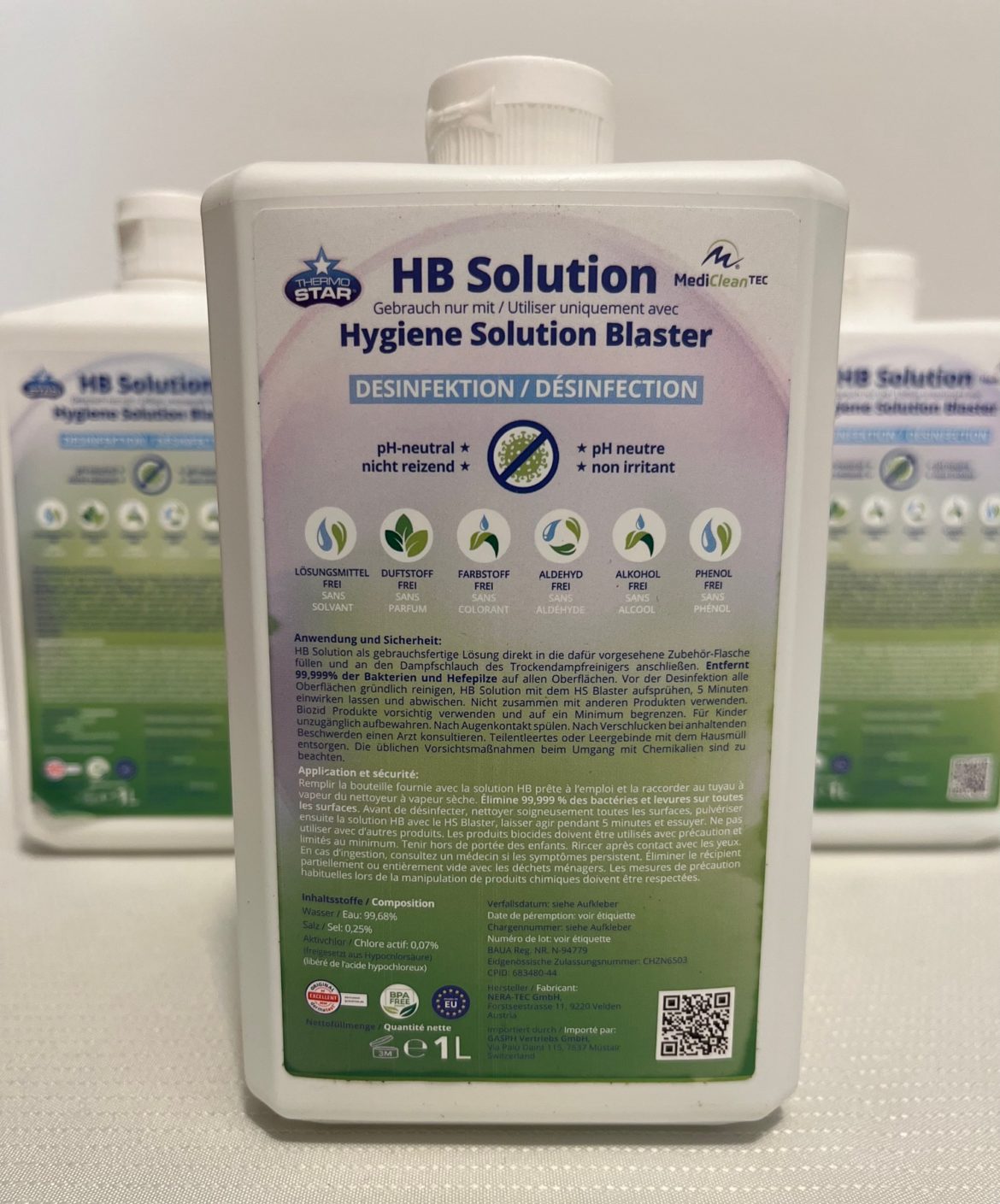
Individuals are special, each has special skills and qualities. We have the honour of speaking with a remarkable person today whose contributions to social work, management, and healthcare have had a profound effect on the world stage. In addition to being a well-known healthcare specialist, he is also an excellent leader who runs several businesses with unmatched effectiveness. His experience is broad, ranging from medical ecology to strategic planning, and he has received multiple honours, including the esteemed title of Ambassador for Peace. It gives me great pleasure to introduce Dr. Peter Bertagnoll, a public health inspiration and a true polymath.
Question: Dr. Bertagnoll, could you start by explaining what motivated you to specialize in healthcare administration and management?
Answer: Certainly. My motivation stems from a deep-seated desire to create a rational and efficient public health service. During my early career, I saw firsthand the inefficiencies and gaps in healthcare systems, which spurred me to study strategic planning, SWOT analysis, and other management tools to improve these systems. My goal has always been to enhance the quality and accessibility of healthcare for all.
Question: You’ve mentioned strategic planning and SWOT analysis. Can you explain how these tools are used in medical management?
Answer: Absolutely. Strategic planning involves setting long-term goals and determining the best course of action to achieve them. SWOT analysis, which stands for Strengths, Weaknesses, Opportunities, and Threats, is a crucial tool in this process. It helps us identify internal and external factors that can impact our healthcare organizations. By understanding these factors, we can develop strategies to mitigate threats and capitalize on opportunities, ensuring the organization’s success and sustainability.
Question: Your work also emphasizes the importance of public health and factors affecting population health. Can you elaborate on this?
Answer: Public health is indeed a critical aspect of my work. It involves studying the health of populations, understanding the dynamics of health development, and identifying factors that affect health, such as socioeconomic conditions, environmental factors, and lifestyle choices. By addressing these factors, we can develop methods to promote health, prevent diseases, and rehabilitate those affected by illnesses. This holistic approach is essential for creating effective public health policies and programs.
Question: You mentioned environmental factors. How does medical ecology fit into your work?
Answer: Medical ecology is a comprehensive discipline that examines the impact of environmental factors on human health. It involves studying pollutants in air, water, and soil, and their correlation with diseases. By understanding these relationships, we can develop strategies to reduce environmental risks and improve public health. This field is interdisciplinary, combining elements of medicine, ecology, toxicology, and geography to address complex health issues.
Question: Dr. Bertagnoll, can you discuss the significance of the research on the innovative disinfectant ‘HB Solution’ and its implications for the field of integrative medicine?
Answer : The research on ‘HB Solution’ represents a significant advancement in the field of integrative medicine, particularly in disinfection methods. This innovative disinfectant incorporates hypochlorous acid, hydrogen peroxide, and other active components, offering promising applications against bacterial and fungal infections. Its hypoallergenic properties and effectiveness in reducing microorganisms align with the principles of integrative medicine, aiming to enhance safety and efficacy in healthcare settings.
Question: Can you elaborate on how ‘HB Solution’ meets the standards set by the European Union for disinfectants?
Answer: The product ‘HB Solution’ has undergone extensive testing to guarantee that it satisfies the stringent disinfection standards set by the European Union. These guidelines cover a thorough assessment of the product’s safety profile in hospital environments and its effectiveness against bacteria and viruses. Following these guidelines ensures that ‘HB Solution’ is safe to use in a variety of medical and public health settings, as well as demonstrating its ability to eradicate infections. The fact that ‘HB Solution’ complies with EU criteria confirms its reputation as a trustworthy and efficient option for upholding safety and hygienic standards in vital healthcare environments.
Question: Dr. Bertagnoll, could you explain the scientific basis behind the innovative mattress pad “IFIBR – FIBRANIUM” and how it addresses chronic lumbar pain and enhances sleep quality?
Answer: The “IFIBR – FIBRANIUM” mattress pad utilizes advanced nanotechnological principles and incorporates FIBRANIUM fibers, which contain special silicon crystals and natural minerals. These components are designed to restore energy-information processes in the body, offering rapid relief from chronic lumbar pain, improving nervous system function, and promoting better sleep quality. The therapeutic effects extend to reducing neuropsychic tension and supporting anti-aging therapies, making it a comprehensive solution for musculoskeletal discomfort and overall wellness.
Question: How does the inclusion of FIBRANIUM fibers and natural minerals in the “IFIBR – FIBRANIUM” mattress pad contribute to its therapeutic benefits and differentiate it from conventional bedding products?
Answer : The innovative use of FIBRANIUM fibers and natural minerals in the mattress pad reflects a significant advancement in sleep technology. These materials are chosen for their biogenic properties, interacting at the cellular and systemic levels to enhance metabolic reactions and physiological functions. By harnessing the reflective properties of infrared and near-infrared radiation, the mattress pad not only supports pain management but also aids in improving circulation, reducing inflammation, and promoting relaxation. This holistic approach sets it apart by offering therapeutic benefits beyond traditional sleep aids.
Question: Can you tell us more about your work in industrial health and occupational medicine?
Answer: Industrial health is focused on improving the health and safety of workers. This includes preventing occupational diseases and injuries, providing medical care in emergencies, and promoting long-term health and productivity. Occupational medicine emerged during the Industrial Revolution and has evolved to include modern practices like monitoring workplace conditions and providing protective equipment. My work in this area aims to ensure that workers are healthy and safe, which is crucial for both their well-being and the overall productivity of industries.
Question: You’ve founded several companies that prioritize health efficiency and ecological production. Could you tell us more about these ventures?
Answer: Yes, my companies focus on integrating health management with ecological principles. We strive to create sustainable healthcare solutions that minimize environmental impact while maximizing health benefits. For example, we develop eco-friendly medical technologies and promote green agendas in healthcare facilities. These initiatives not only improve health outcomes but also contribute to environmental sustainability.
Question: Beyond your professional work, you are also recognized as a social worker and have received numerous accolades, including the Ambassador for Peace passport. How do you balance these roles?
Answer: Balancing these roles requires a commitment to service and a passion for making a difference. My social work involves community health initiatives, education programs, and advocacy for vulnerable populations. Being awarded the Ambassador for Peace passport and various medals is a humbling recognition of these efforts. It reinforces my belief in the importance of giving back to the community and working towards a more equitable and healthy society.
Question: The Ambassador for Peace title is quite prestigious. Can you share what this title means to you and how it influences your work?
Answer: The title of Ambassador for Peace, awarded by the International Charity Foundation for Humanitarian Interaction and the Inter-University Higher Academic Council Paris, is a great honor. It signifies a commitment to promoting international scientific, cultural, and humanitarian cooperation. As an Ambassador for Peace, I am dedicated to raising awareness about important health and social issues, fostering global collaboration, and supporting initiatives that aim to improve public health and well-being. This role aligns perfectly with my professional and personal values.
Question: Dr. Bertagnoll, what do you believe are the future challenges and opportunities in healthcare management?
Answer: The future of healthcare management will be shaped by technological advancements, demographic changes, and evolving health needs. One of the biggest challenges will be managing the increasing demand for healthcare services while ensuring quality and affordability. However, this also presents opportunities to innovate, such as using artificial intelligence for predictive analytics, developing personalized medicine, and improving telehealth services. By staying adaptable and forward-thinking, we can turn these challenges into opportunities for growth and improvement.
Question: You’ve had such a diverse and impactful career. What advice would you give to young professionals aspiring to enter the field of healthcare management?
Answer: My advice would be to remain curious and dedicated. The field of healthcare management is constantly evolving, and it’s crucial to stay informed about the latest trends and technologies. Developing strong analytical skills, understanding the complexities of public health, and having a passion for improving health systems are key. Also, never underestimate the power of collaboration. Working with a diverse team of professionals from different disciplines can lead to innovative solutions and better health outcomes.
This interview was conducted by Professor J.S.K.Jayasekara with Dr. Peter Bertagnoll.



